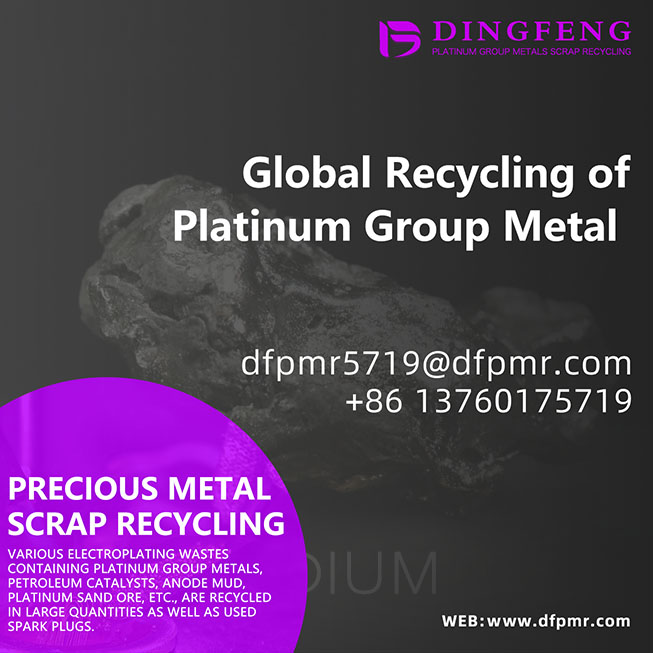How Rare are Precious Metals?Is iridium the rarest metal?
Precious metals are deemed rare based on their low natural abundance in the Earth's crust, combined with their utility and market demand. Here's a structured summary of their rarity and relate
Precious metals are deemed rare based on their low natural abundance in the Earth's crust, combined with their utility and market demand. Here's a structured summary of their rarity and related factors:

Crustal Abundance (Mass Fraction)
Silver: 75 parts per billion (ppb) — Most abundant among precious metals.
Platinum: 5 ppb — Slightly more abundant than gold.
Gold: 4 ppb — Slightly less abundant than platinum but more widely mined.
Osmium: 1.5 ppb — Rarer than gold and platinum.
Other Platinum Group Metals (PGMs: rhodium, iridium, ruthenium): ≤1 ppb — The rarest, with rhodium, iridium, and ruthenium at ~1/5 the abundance of platinum.
Total Estimated Crustal Reserves
Gold: ~400 billion kg (text states this, though calculations suggest higher values; likely refers to accessible estimates).
Silver: ~7.5 trillion kg.
Platinum Group Metals: Significantly less than gold, with PGMs like rhodium and iridium at minimal concentrations.
Historical Production
Gold: ~311 million kg mined (a cube ~25 meters per side).
Silver: ~1.4 billion kg mined, but ~50% lost to corrosion, leaving ~777 million kg usable.
Platinum/Palladium: Majority used in automotive catalytic converters; smaller quantities mined compared to gold/silver.
Utility and Market Value
Gold/Silver: High demand for jewelry, electronics, and bullion. Silver’s lower price reflects higher abundance despite industrial utility.
Platinum/Palladium: Critical for automotive catalysts. Platinum’s price reflects its rarity and industrial use.
Rhodium/Iridium/Ruthenium: Extremely rare but less expensive due to niche applications (e.g., electronics, spark plugs).
Osmium: Toxic and difficult to use, limiting demand despite rarity.
Key Factors Influencing "Precious" Status
Rarity: PGMs (e.g., rhodium) are rarest but less valuable than gold/platinum due to lower utility.
Utility: Industrial demand (e.g., auto industry for platinum) drives value.
Accessibility: Even if abundant in the crust (e.g., silver), extractable amounts and practical uses determine market dynamics.
While crustal abundance is a primary measure of rarity, a metal’s value is also shaped by its applications and extraction challenges. Gold and platinum remain top contenders due to their balance of rarity and versatility, whereas PGMs like rhodium, though rarer, are less sought after. Silver, though more abundant, retains value through diverse industrial uses.


